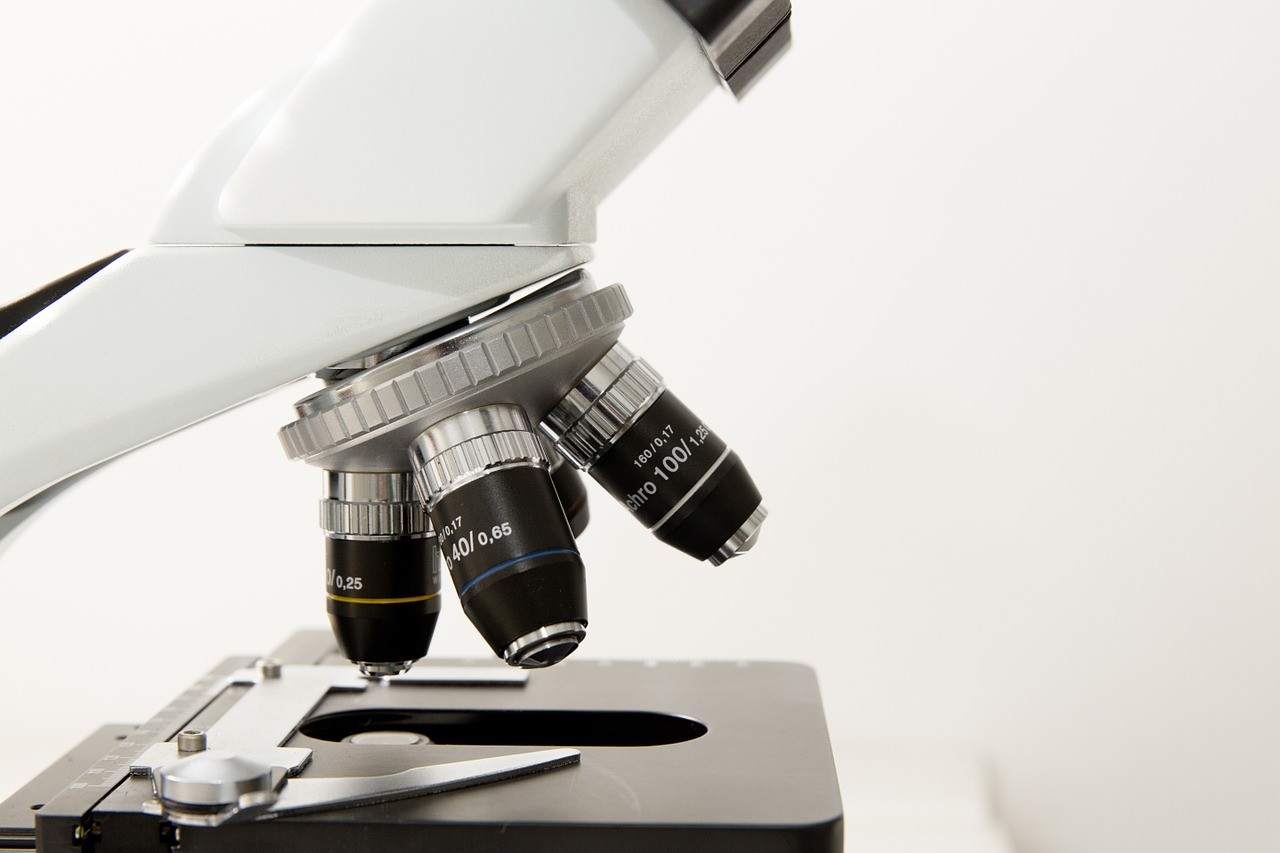TriMedia is proud to announce we are funding preliminary research on rapid identification of legionella at Northern Michigan University.
Our company sprouted in Marquette, Michigan over two decades ago, giving us the unique opportunity to forge a close partnership with Northern Michigan University over the years. We have worked together on a number of projects, and the university provides a space for our own team to expand on their knowledge base.
Recently, one of our industrial hygienists attended a research presentation orated by Dr. Sharp of NMU. The professor outlined his own partnership with Micro Identification Technologies (MIT) in developing light scattering rapid identification for microbiological applications.
The subject sparked serious curiosity in our industrial hygienist, and they couldn’t help but ask an off-hand question: “Can the technology be applied to legionella?”
Dr. Sharp paused and then replied, “Yes, theoretically.”
The curiosity remained latent until TriMedia’s industrial hygiene department was working with a hospitality client facing a potential legionella outbreak.
Following testing for legionella, there is an agonizing waiting period to get direction for further action. As many as ten days can pass while labs culture water samples, keeping legionella paired with the futile adjective “potential.” In the business world, ten days equates to a lot of time, money, and resources.
In the meantime, health department’s efforts to track down the (potential) source face difficult – and potentially expensive – decisions about whether to close the establishment preemptively or hope for the best.
Working with a client experiencing a potential legionella outbreak and realizing it could have wreaked havoc on their business got our industrial hygiene department thinking about the lengthy testing process.
Our industrial hygiene department went back to Dr. Sharp and others at NMU to start a more serious dialogue about using MIT technology for rapid identification of legionella.
MIT was interested in exploring if it could be applied to legionella.
TriMedia and Dr. Sharp entered into preparatory discussion. Like any ambitious research project, several potential issues stood out immediately. One was pretty significant: Could Dr. Sharp’s lab successfully culture legionella in numbers large enough to teach the light-scattering unit to recognize the bacteria?
Following further planning and discussion, TriMedia awarded Dr. Sharp and NMU a grant to fund the exploratory phase of applying rapid identification utilizing light scattering techniques to legionella – and, most importantly – culturing the bacteria in sufficient quantities.
We are happy to report that Dr. Sharp has been successful in culturing bacteria in sufficient quantities. Secondary tests related to technical requirements of the technology have also been successful.
The next phase will be undertaken at MIT’s corporate headquarters in San Clemente, CA, where MIT’s physicist will take measurements of cultured legionella for writing identification algorithms.
TriMedia looks forward to continued collaboration with Dr. Sharp, NMU, and MIT.
Based on the success of MIT technology with other pathogenic bacteria, we are excited by the possibility of developing at least a preliminary means of identifying legionella in the built environment.
Pending success of research and testing of rapid identification of legionella, we envision significant commercial and public health applications.
Never want to miss out on a thing from Team TriMedia? Sign up for our mailing list!

